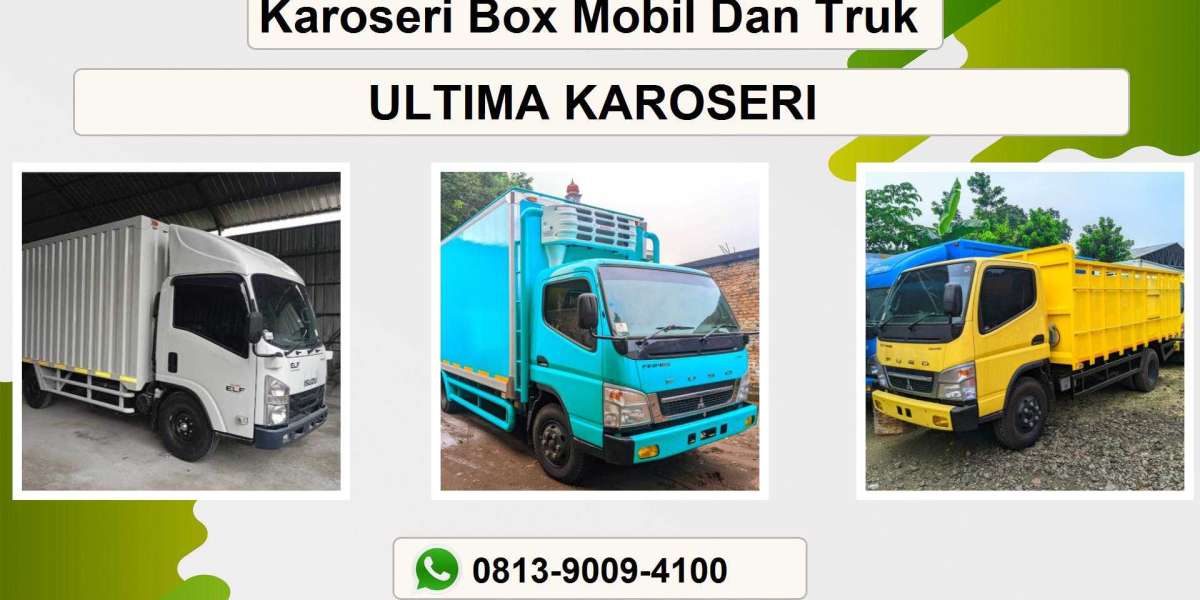Commodity trading is one of the oldest forms of investing, and today, it’s more accessible than ever. Whether you’re interested in gold, crude oil, natural gas, or agricultural products like wheat and corn, learning how to trade commodities can open up new opportunities to diversify your portfolio and hedge against inflation.
If you’re looking for a professional-grade trading platform to get started, NinjaTrader is one name that stands out. Known for its powerful charting tools, low-cost trading, and access to futures markets, NinjaTrader has become a go-to option for traders serious about commodities.
In this guide, we’ll break down how to trade commodities, why NinjaTrader is a strong choice, and how beginners can get started step by step.
Why Trade Commodities?
Commodities are physical goods that are bought and sold on global markets. Unlike stocks or currencies, commodities are tied to real-world supply and demand, making them especially sensitive to geopolitical events, weather patterns, and economic data.
Here are a few reasons why people choose to trade commodities:
Diversification: Commodities often move differently than stocks or currencies, offering balance in a portfolio.
Inflation Protection: Hard assets like gold tend to hold value when inflation rises.
Global Demand: Crude oil, metals, and food products are always in demand, making them actively traded and liquid.
Volatility: Prices can move rapidly, which creates trading opportunities — especially for short-term traders.
But to take advantage of these benefits, you need access to the right markets and tools — and that’s where NinjaTrader comes in.
What Is NinjaTrader and Why Use It for Commodity Trading?
Ninjatrader is a trading platform designed for active traders who want access to futures, forex, and stock markets. For those looking to trade commodities, it offers direct access to futures contracts tied to assets like crude oil, gold, natural gas, and more.
Here’s what makes NinjaTrader a great choice for commodity trading:
Direct Access to Futures Markets: NinjaTrader supports trading on major futures exchanges, including CME and NYMEX, where many commodity contracts are traded.
Advanced Charting Tools: The platform includes customizable technical analysis tools, indicators, and drawing tools that help traders analyze market trends.
Low-Cost Entry: You can open an account with a relatively low minimum deposit and take advantage of competitive commissions.
Simulated Trading Environment: NinjaTrader offers a free demo account, so you can practice trading commodities without putting your money at risk.
Custom Automation: For advanced users, NinjaTrader supports algorithmic trading and strategy automation.
Whether you're a hands-on day trader or someone who prefers to analyze trends and swing trade, NinjaTrader can support your trading style.
How to Start Trading Commodities with NinjaTrader
If you're new to commodities or new to NinjaTrader, here’s a simple step-by-step guide to help you get started.
Step 1: Understand Commodity Futures
Before diving in, it's important to know that most commodity trading on NinjaTrader happens through futures contracts. These contracts allow you to speculate on the future price of a commodity, like oil or gold, without having to own the physical asset.
Step 2: Open a NinjaTrader Account
Go to NinjaTrader’s official website and create a free account. You can choose between demo (simulated) and live trading accounts. For beginners, starting with a demo account is highly recommended.
Step 3: Download the NinjaTrader Platform
Once your account is set up, download and install the NinjaTrader software. It's available for Windows and comes with a clean, professional interface tailored for serious traders.
Step 4: Fund Your Account
If you’re ready to go live, you’ll need to fund your trading account. NinjaTrader works with several clearing brokers, and the minimum deposit typically starts around $400–$1,000 depending on the broker.
Step 5: Choose a Commodity Market
Decide which commodities you want to trade. Popular futures include:
CL – Crude Oil
GC – Gold
NG – Natural Gas
ZS – Soybeans
ZW – Wheat
Each has its own trading hours, volatility, and margin requirements.
Step 6: Analyze the Market
Use NinjaTrader’s charting tools and technical indicators to identify trading opportunities. You can also add news feeds and economic calendars to stay on top of events that impact commodity prices.
Step 7: Place Your First Trade
After doing your analysis, enter your trade directly from the chart or via the order entry window. Use stop-loss and take-profit levels to manage your risk.
Step 8: Monitor and Learn
Trading is a skill that improves over time. Use NinjaTrader’s performance reports and trading journals to review your trades, identify mistakes, and refine your strategy.
Tips for Beginners Who Want to Trade Commodities
Start with one market. Don’t try to trade oil, gold, and corn all at once. Pick one and learn its patterns.
Use a demo account before risking real money. NinjaTrader’s simulated environment is a great training ground.
Learn the fundamentals. Follow OPEC news if you're trading oil, or check weather forecasts if you're trading agricultural futures.
Manage your risk. Commodity markets can be extremely volatile. Never risk more than you can afford to lose on a single trade.
Final Thoughts
Learning how to trade commodities can open the door to new opportunities in global markets. With real-world supply and demand behind every move, commodity trading offers a more tangible and dynamic trading experience.
When you're ready to start, a platform like NinjaTrader can give you everything you need — from real-time charts and futures access to demo trading and strategy development. Whether you're looking to trade gold, oil, or agricultural products, NinjaTrader can be a powerful ally on your trading journey.














